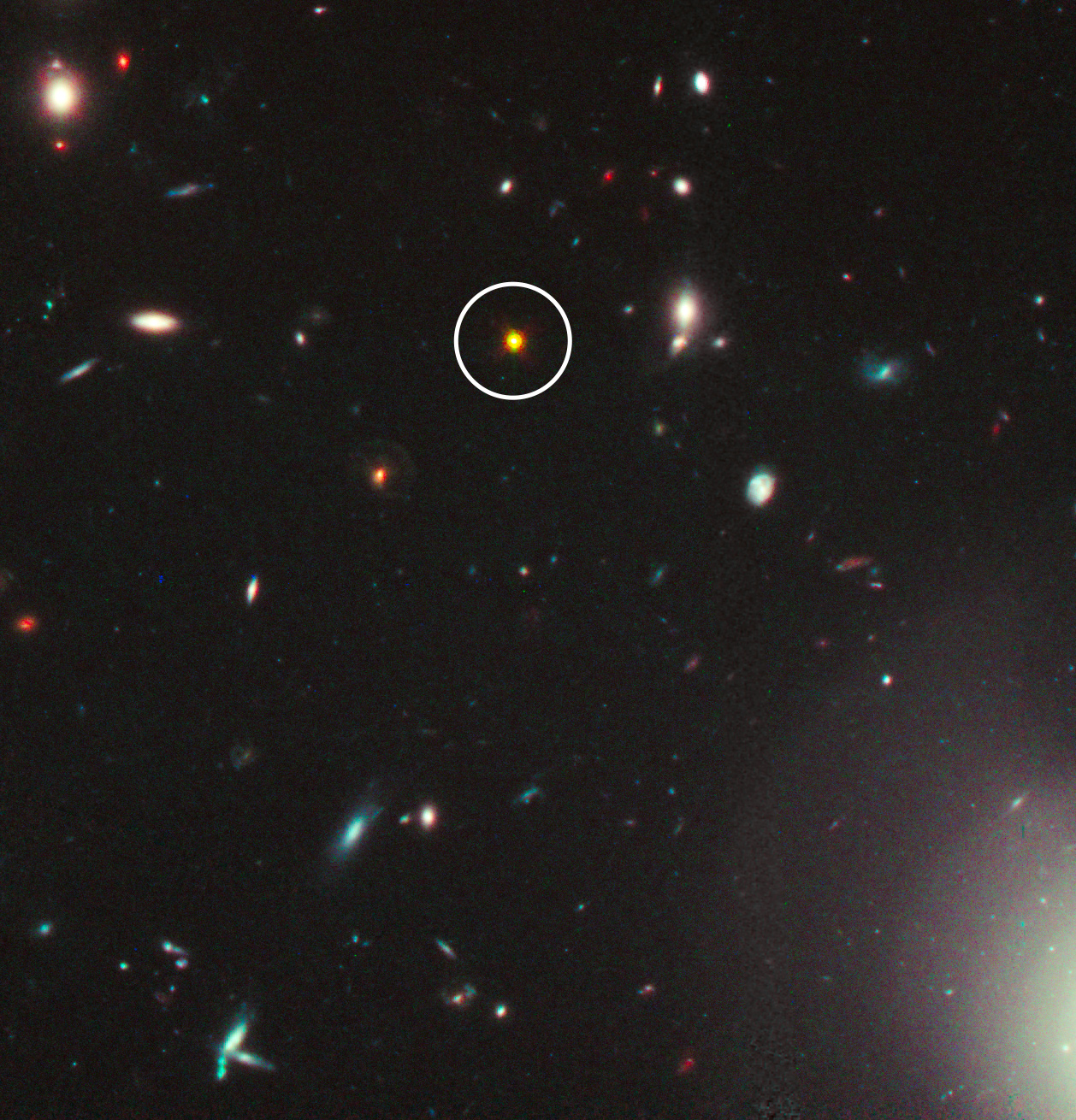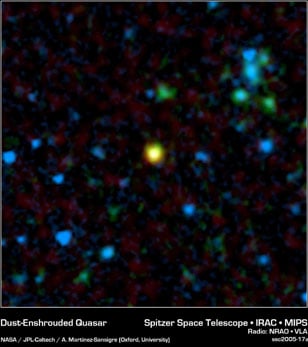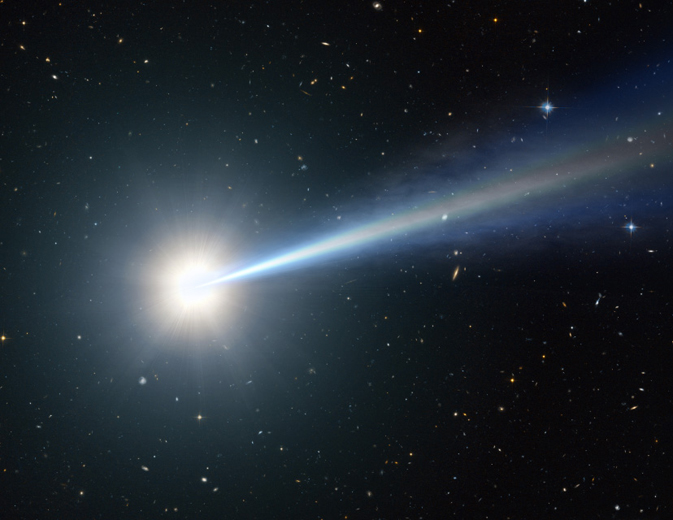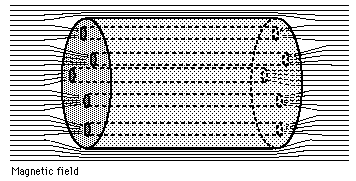Quasar J1148+5251 is the oldest and most distant luminous quasar. It is among the dustiest galaxies in the visible universe. The dust is so widely distributed that it shrouds all the starlight within the host galaxy. No detectable starlight leaks out from around the host galaxy, that is presumed to have a central solar system sized disk and black hole.
The oldest known quasar is in an extremely dusty environment. With so much more dust blocking starlight the farther we look, there's just no way to see older and farther galaxies, that defy the age of the big-bang.
21 quasars were found that explained the missing cosmic X-ray background sky. These quasars are hidden behind both a dust ring, and the dust of the galaxy itself. This is a strong sign that there is more dust in space far beyond our view of the visible universe, and ample evidence for a fractal dust cosmology of EM shaped galaxies.










The Galactic Winds being found in 22 of the most densest galaxies was the step forward for me. I consider that the 'winds' are galactic jets from the AGN horizontally through the equator to the rim producing young blue stars. This is an aging AGN product. An ancient galaxy loses its electromagnetic field containing photons by gas pressure; this results in the collapse of the magnetic field, the brilliant flash that is the photons previously mazed, and the gush of gas flooding the collapsed electromagnetic trap (AGN)of the galaxy. This produces an elliptical galaxy, the end product of the spirals. Further I suggest that the gas cools at the outer edges producing a 'cold gas' cloud that science has termed 'starless darks."
ReplyDeleteAn aging universe would be primarily composed of 'starless darks.'